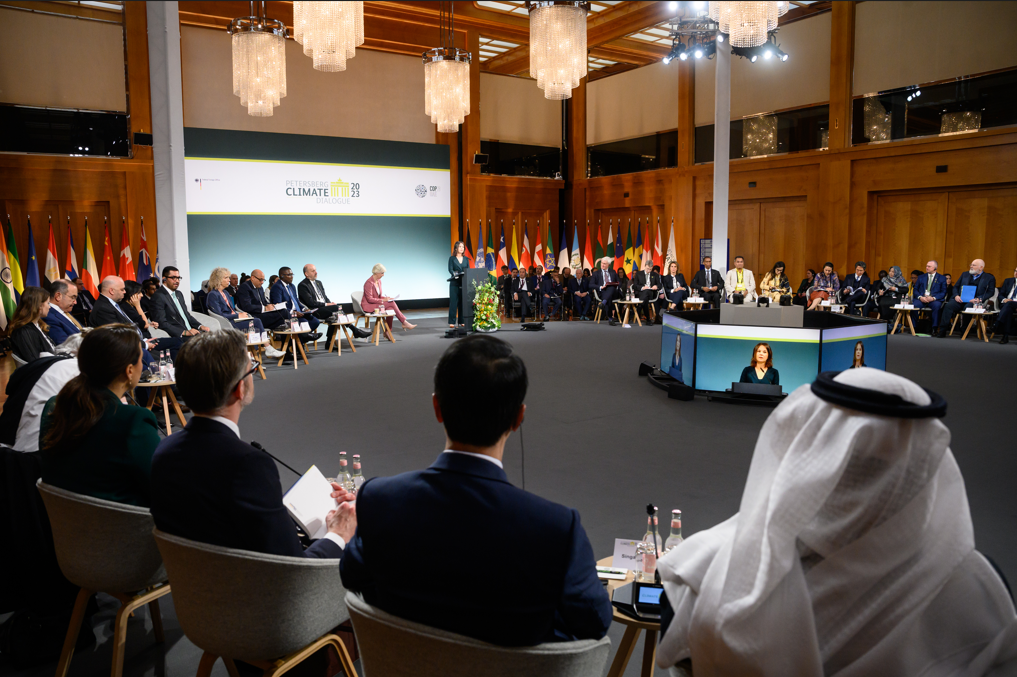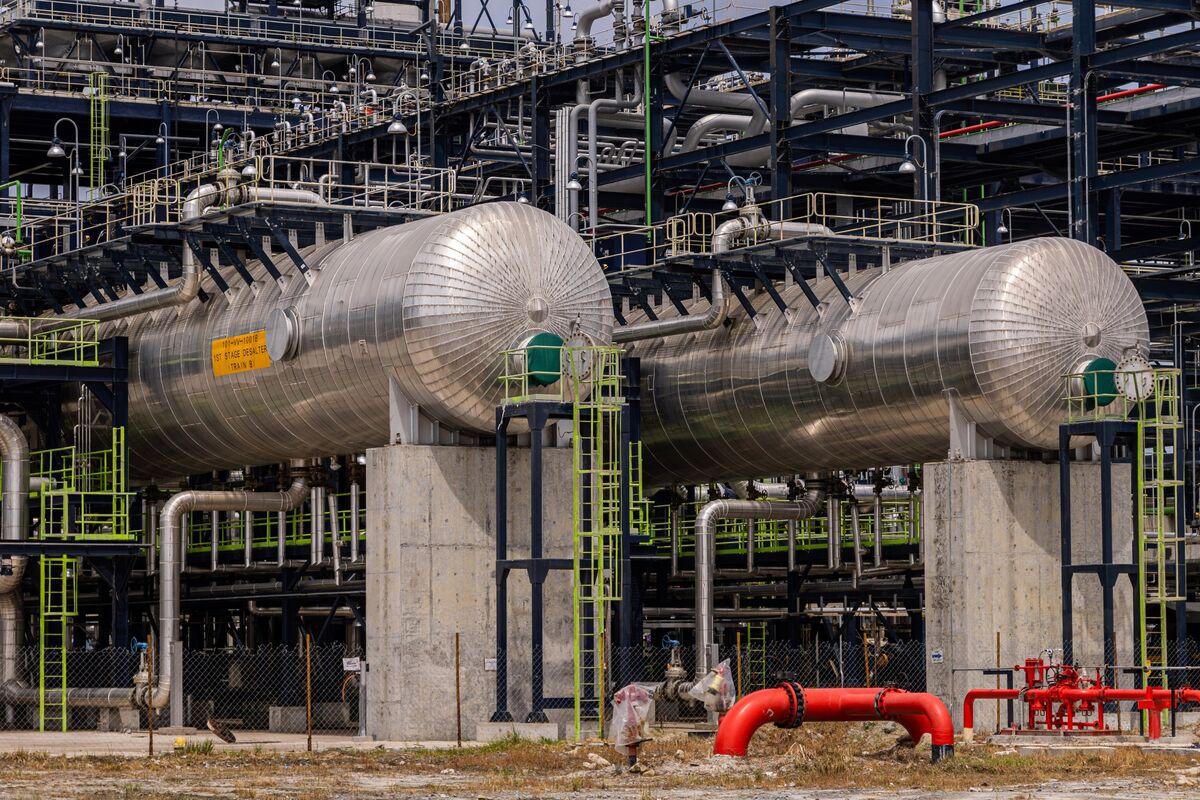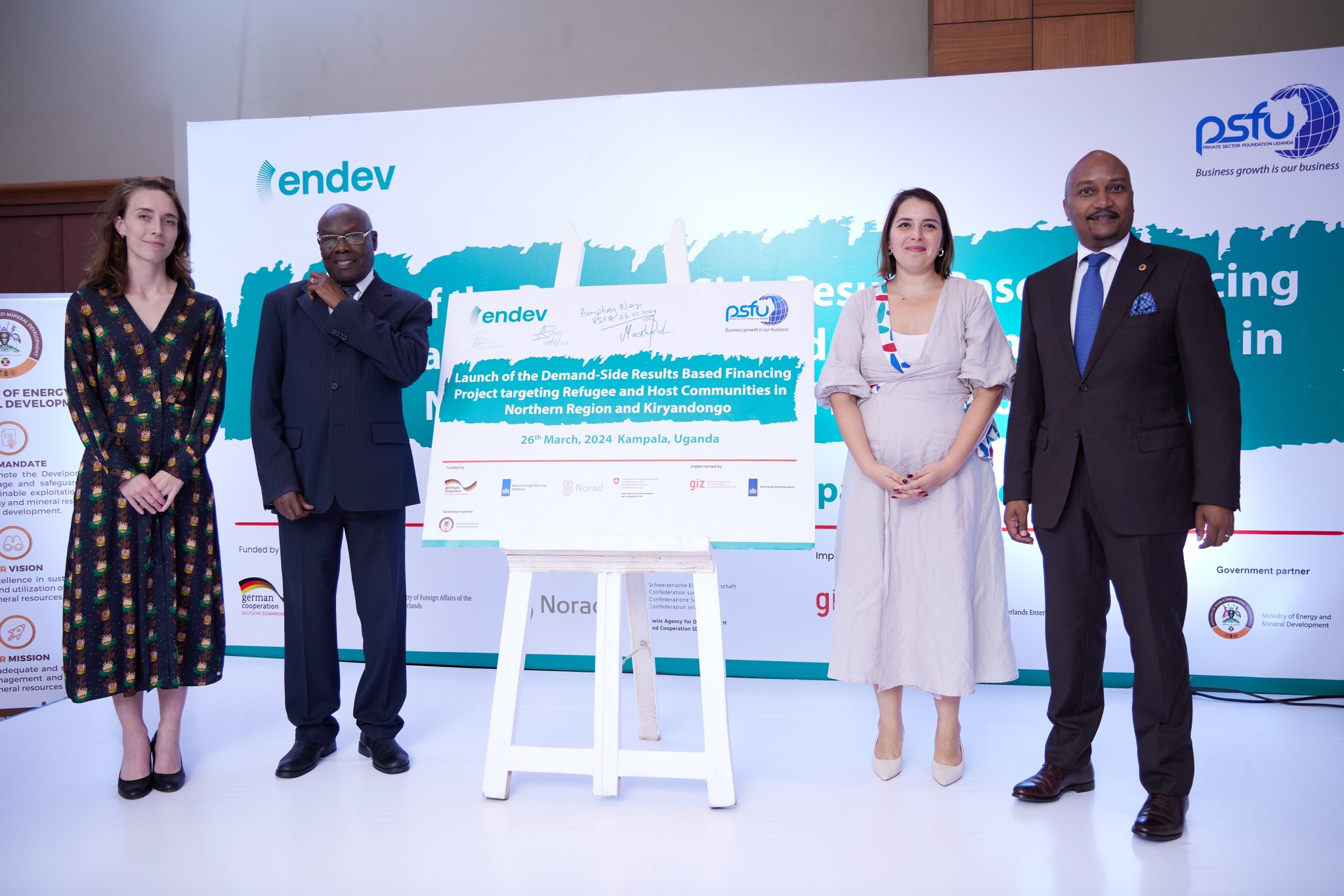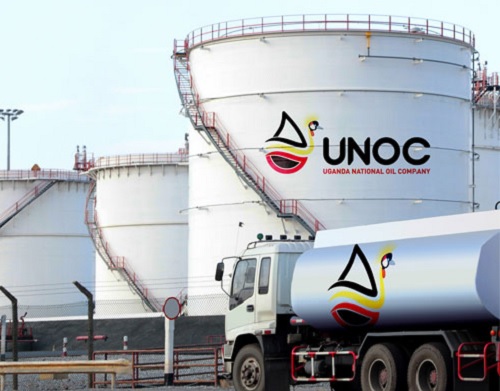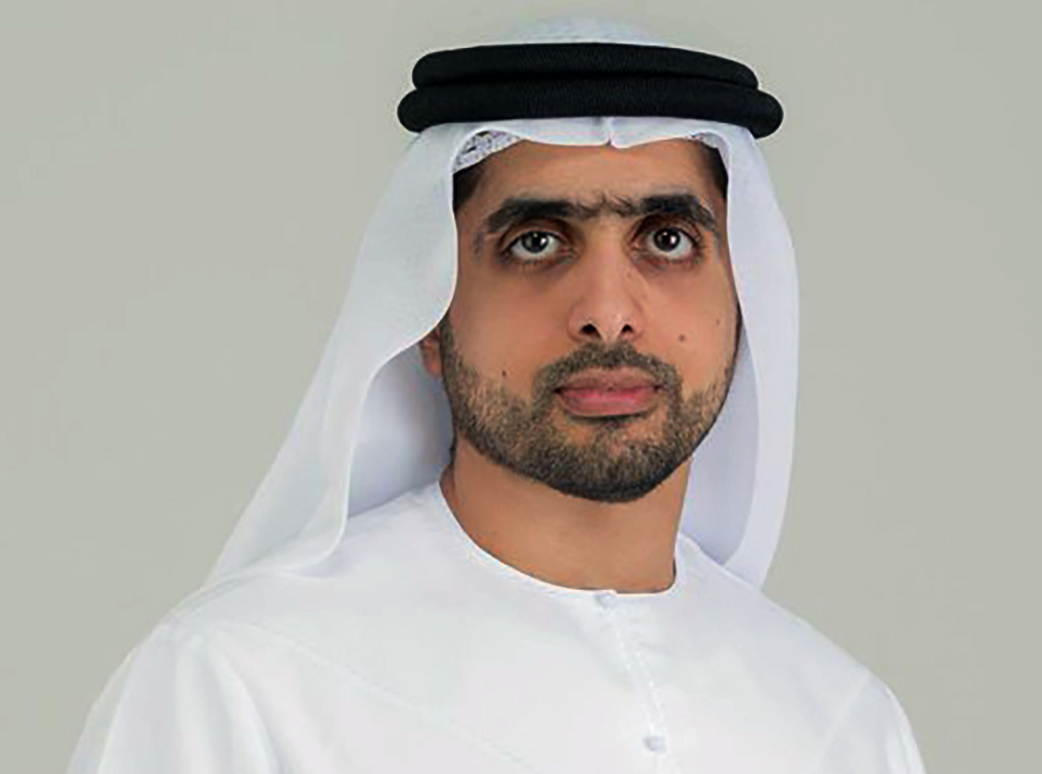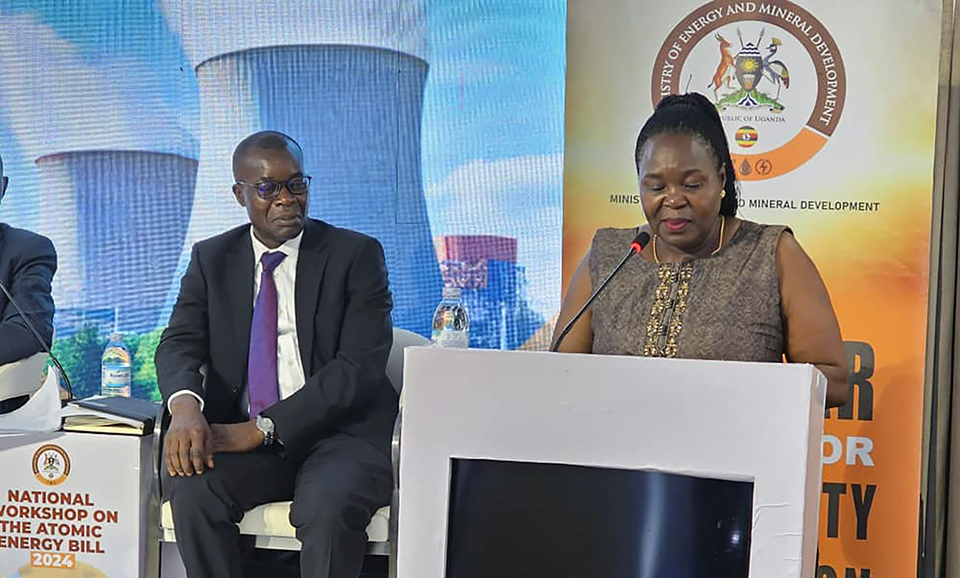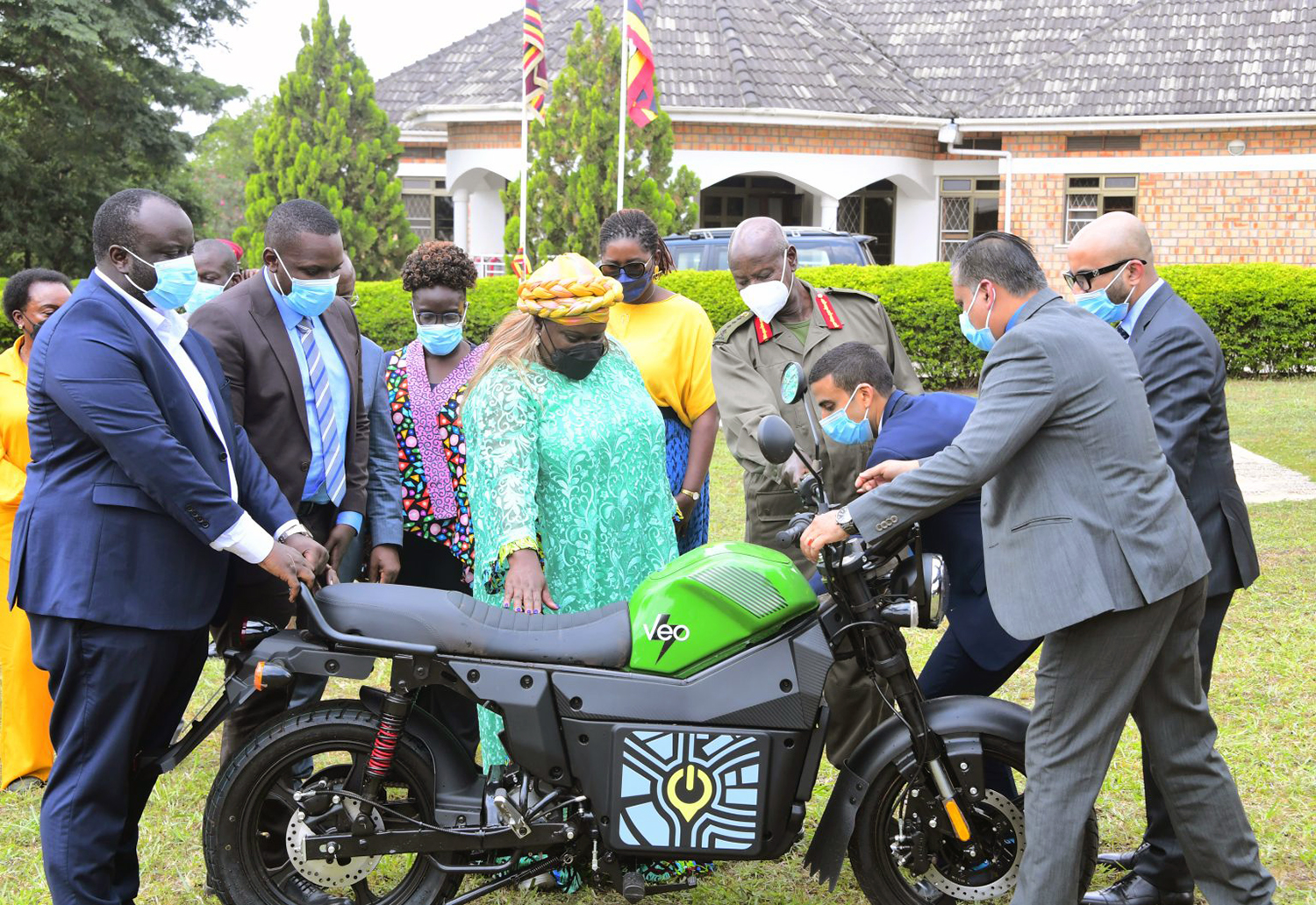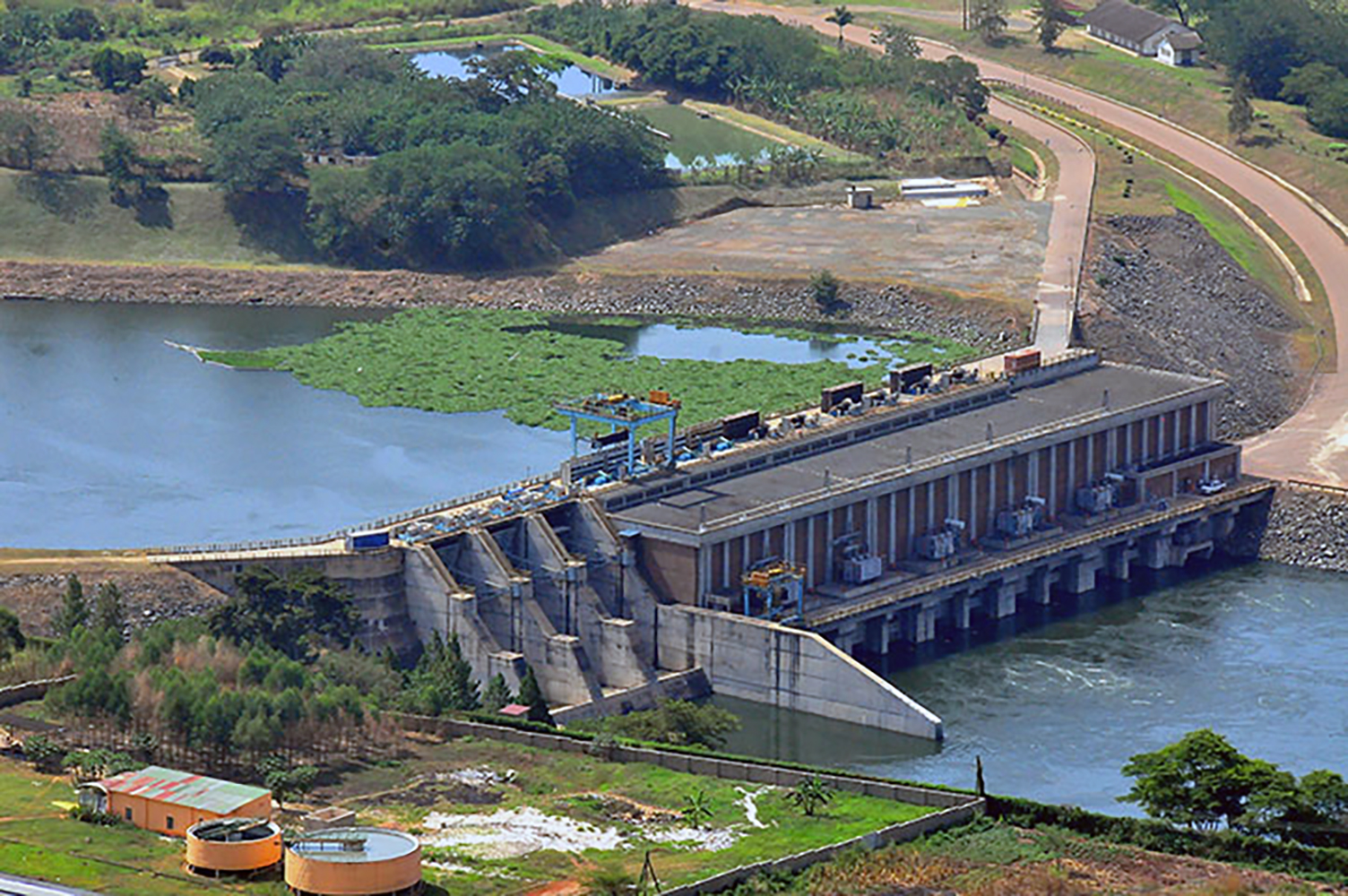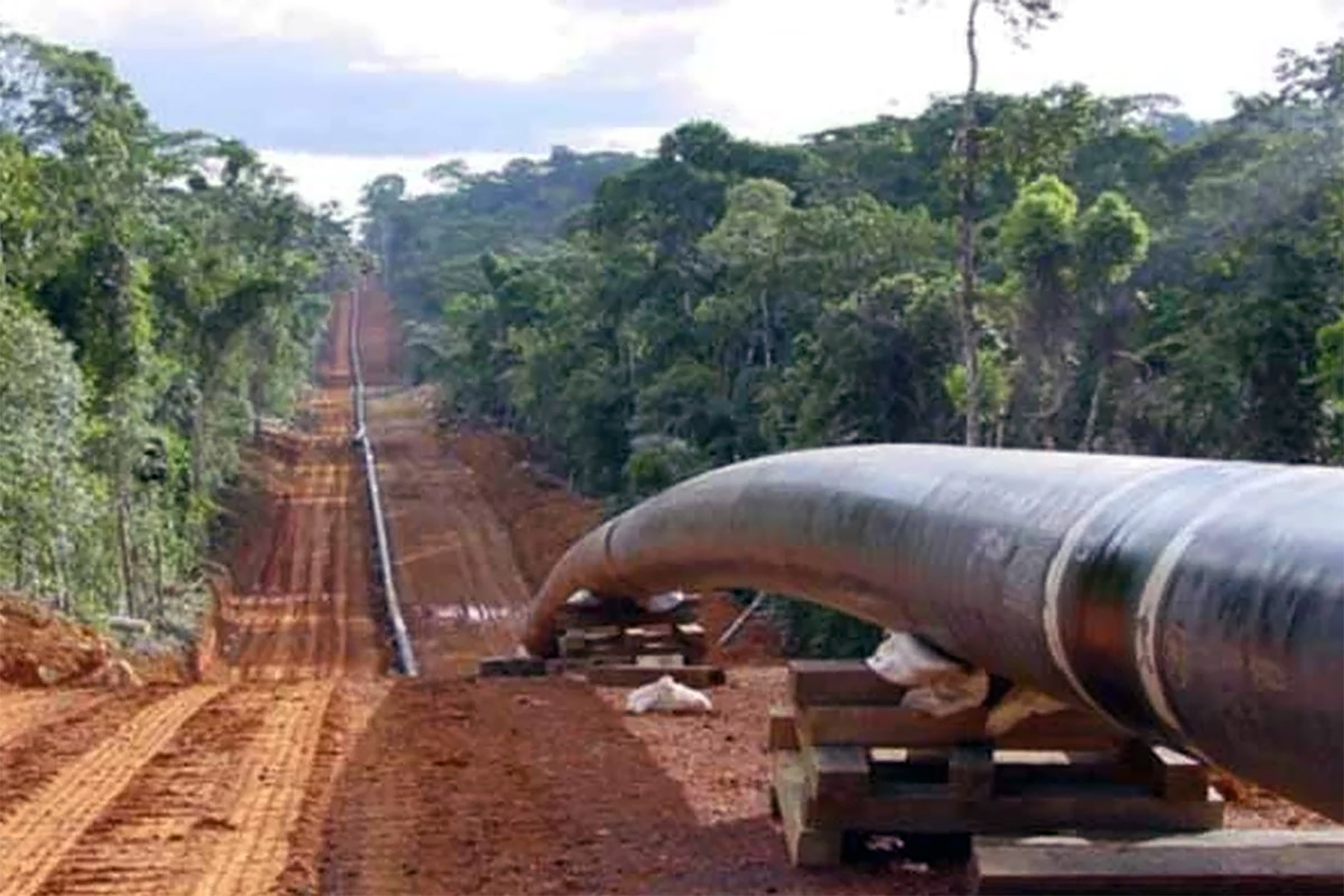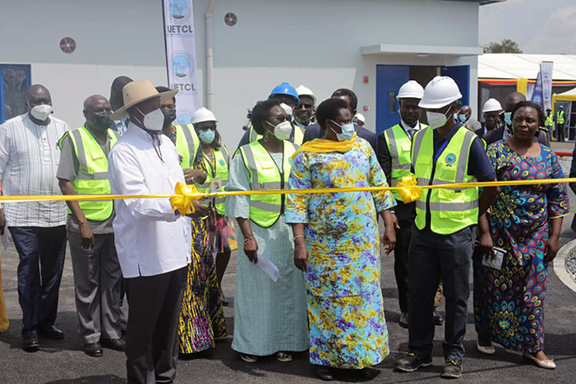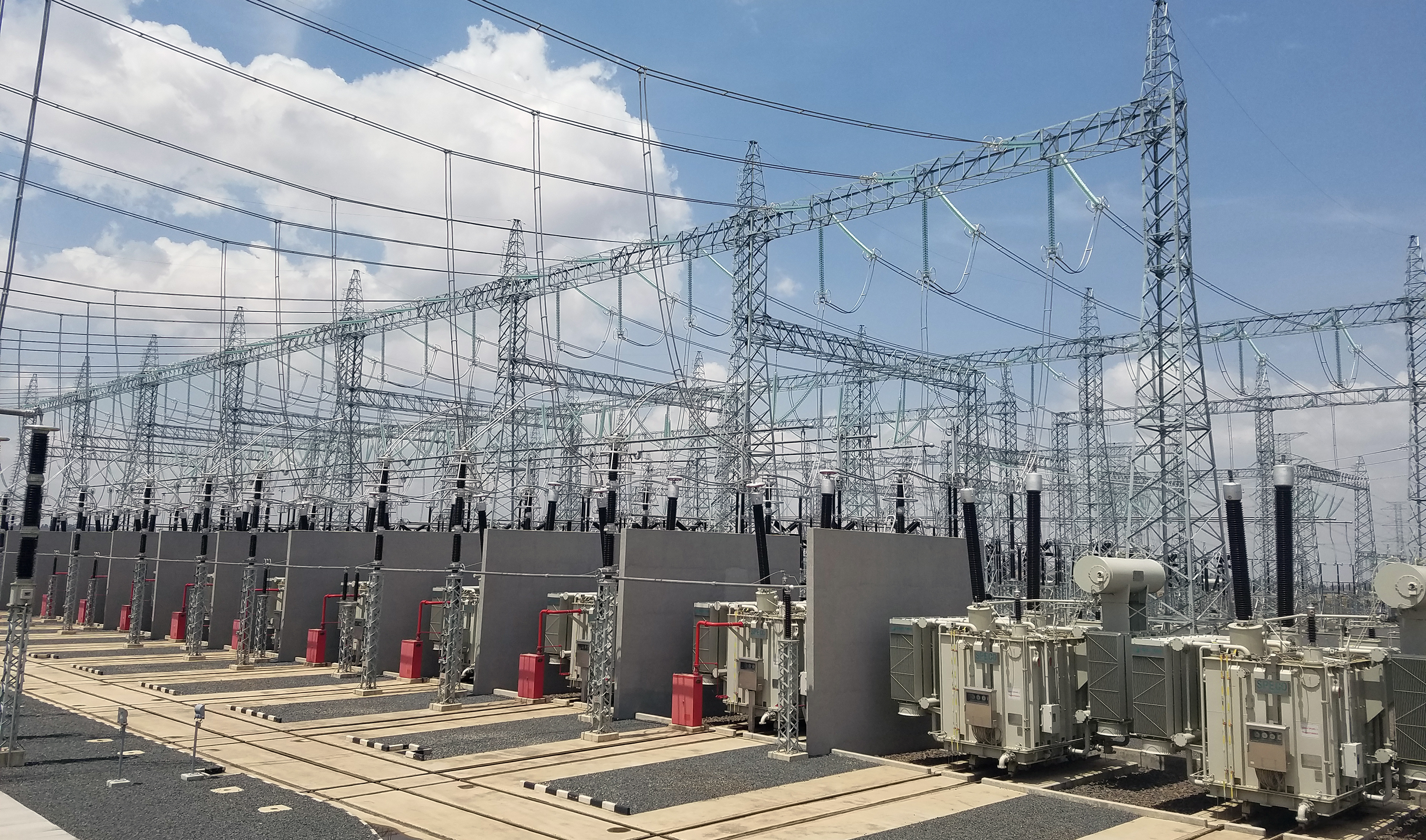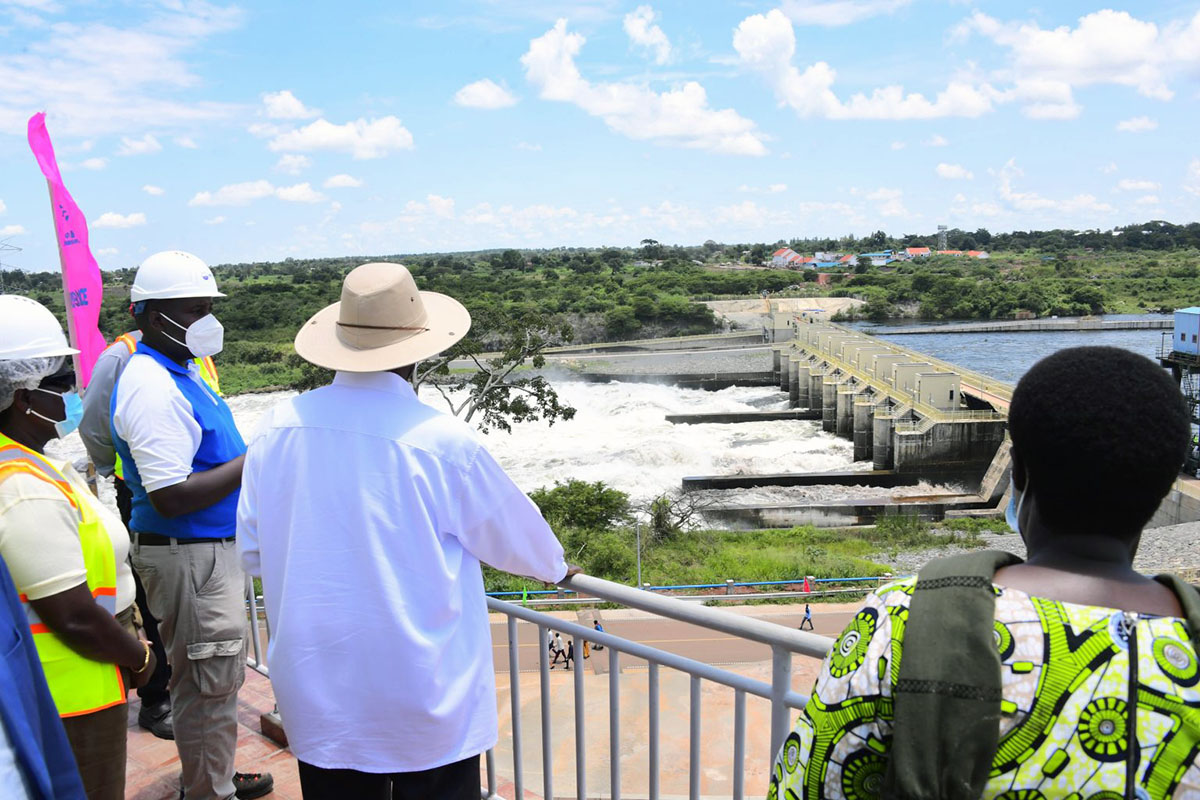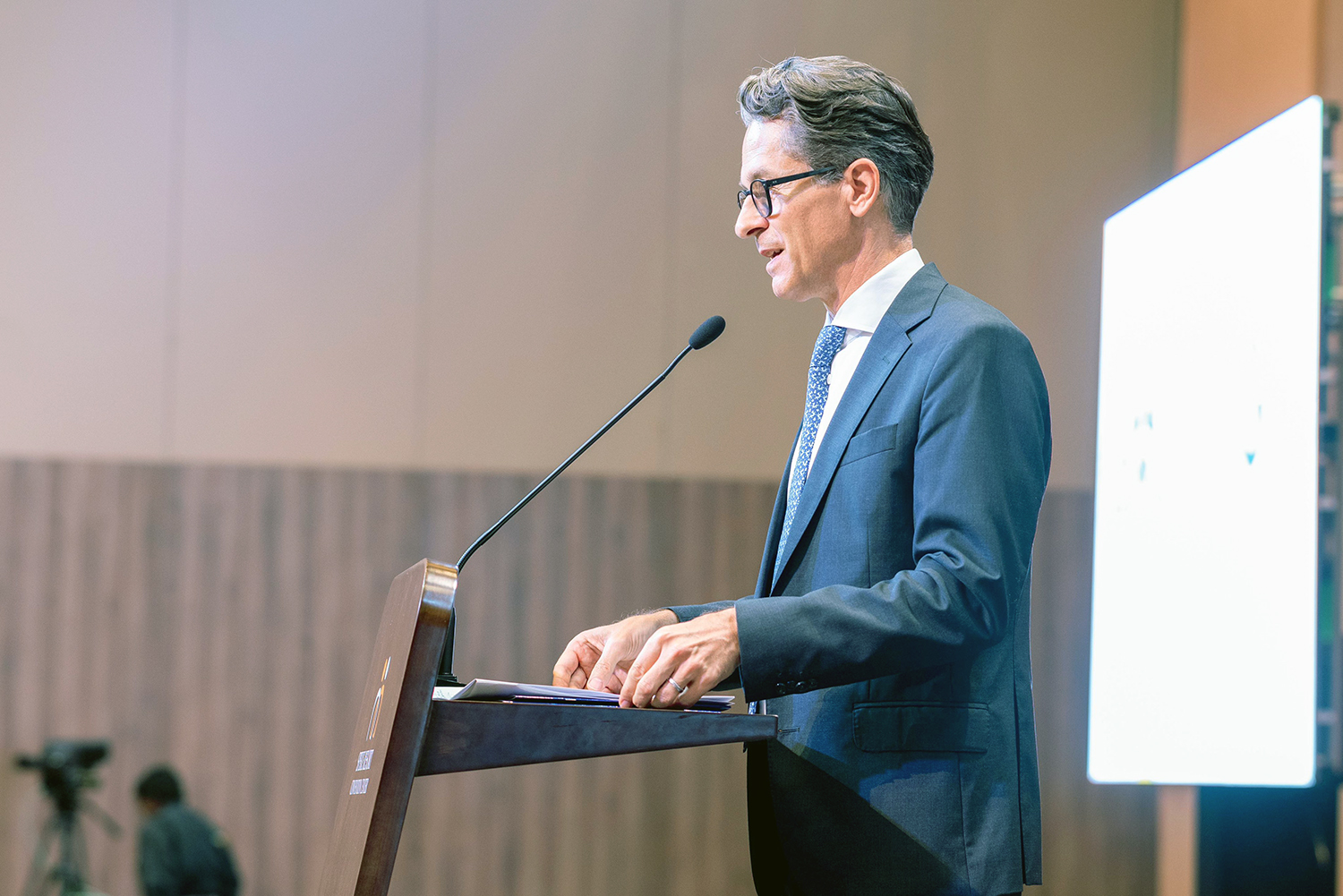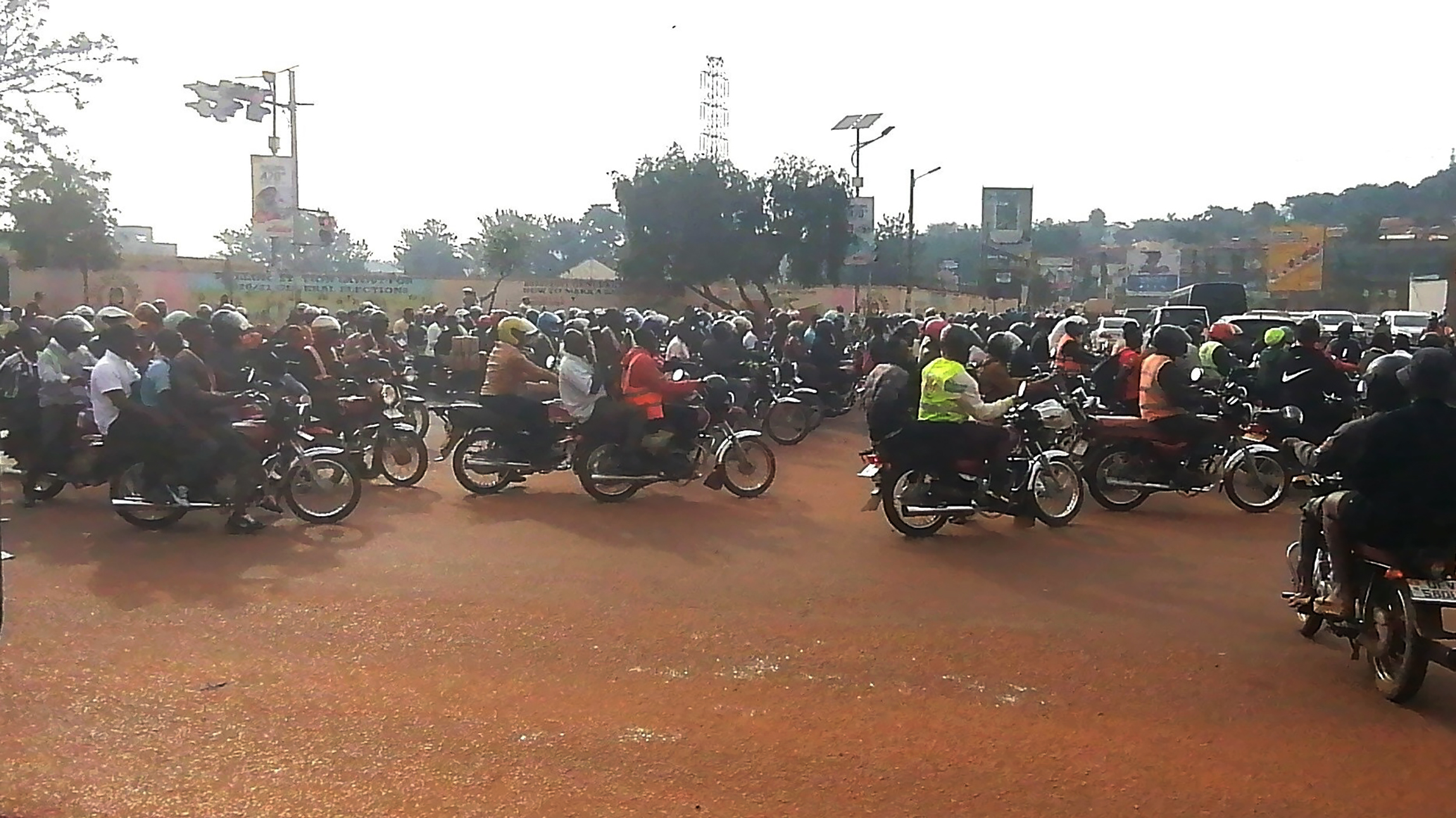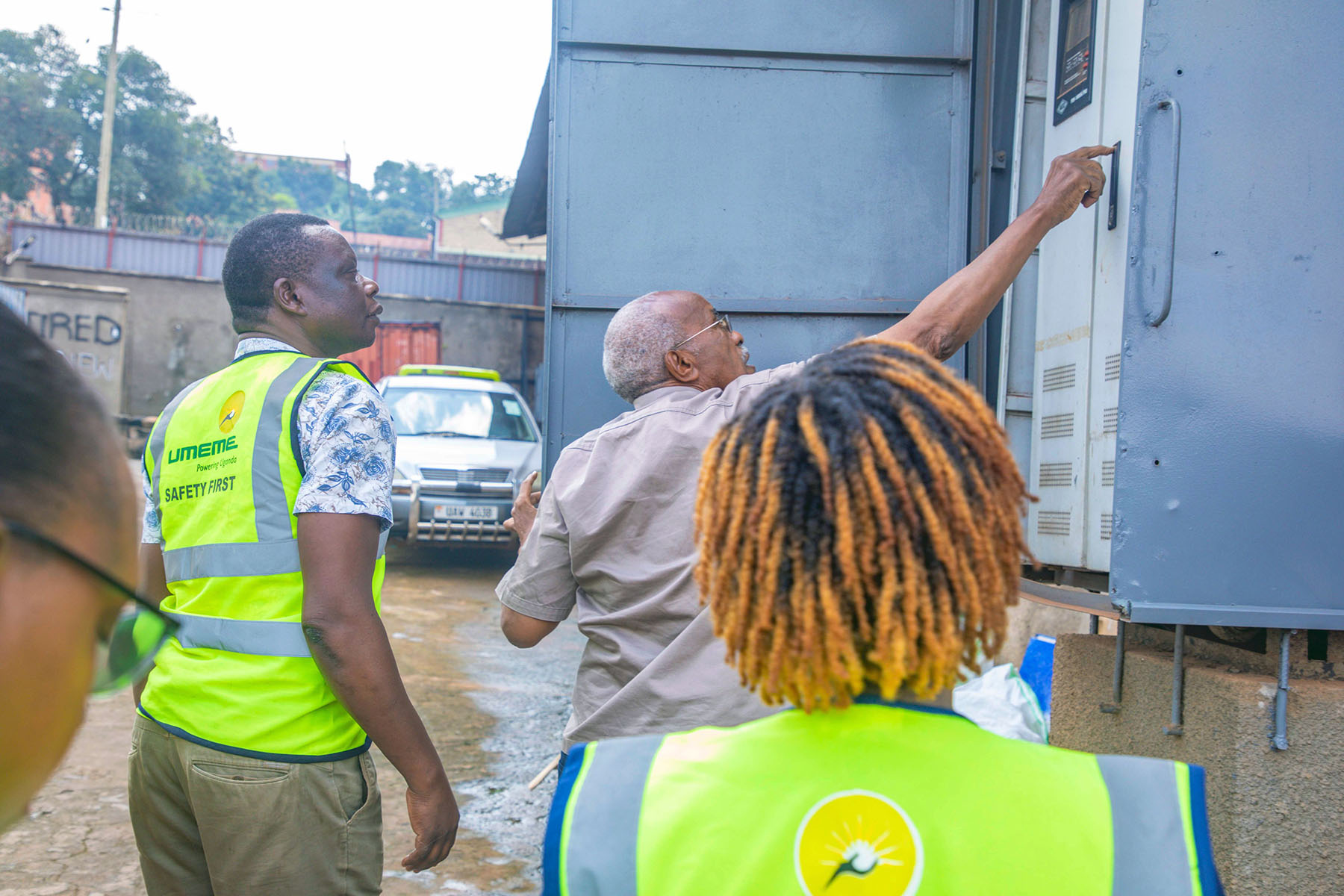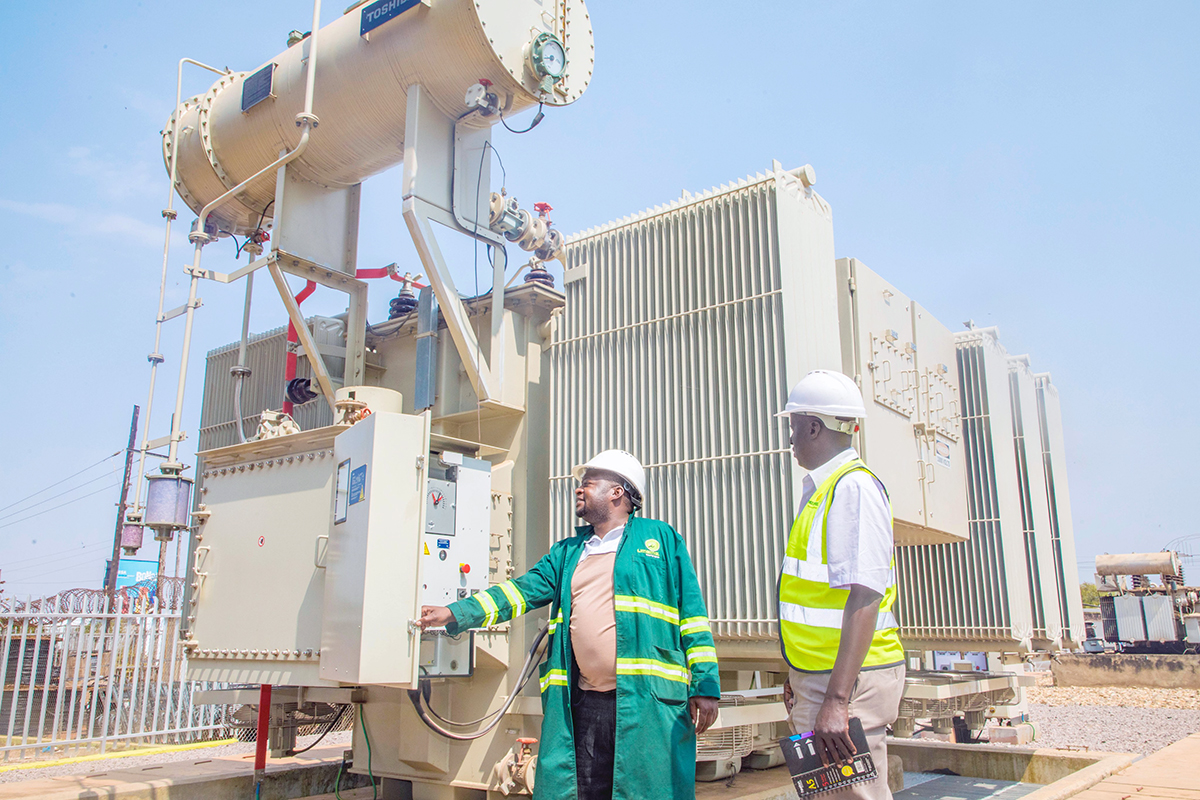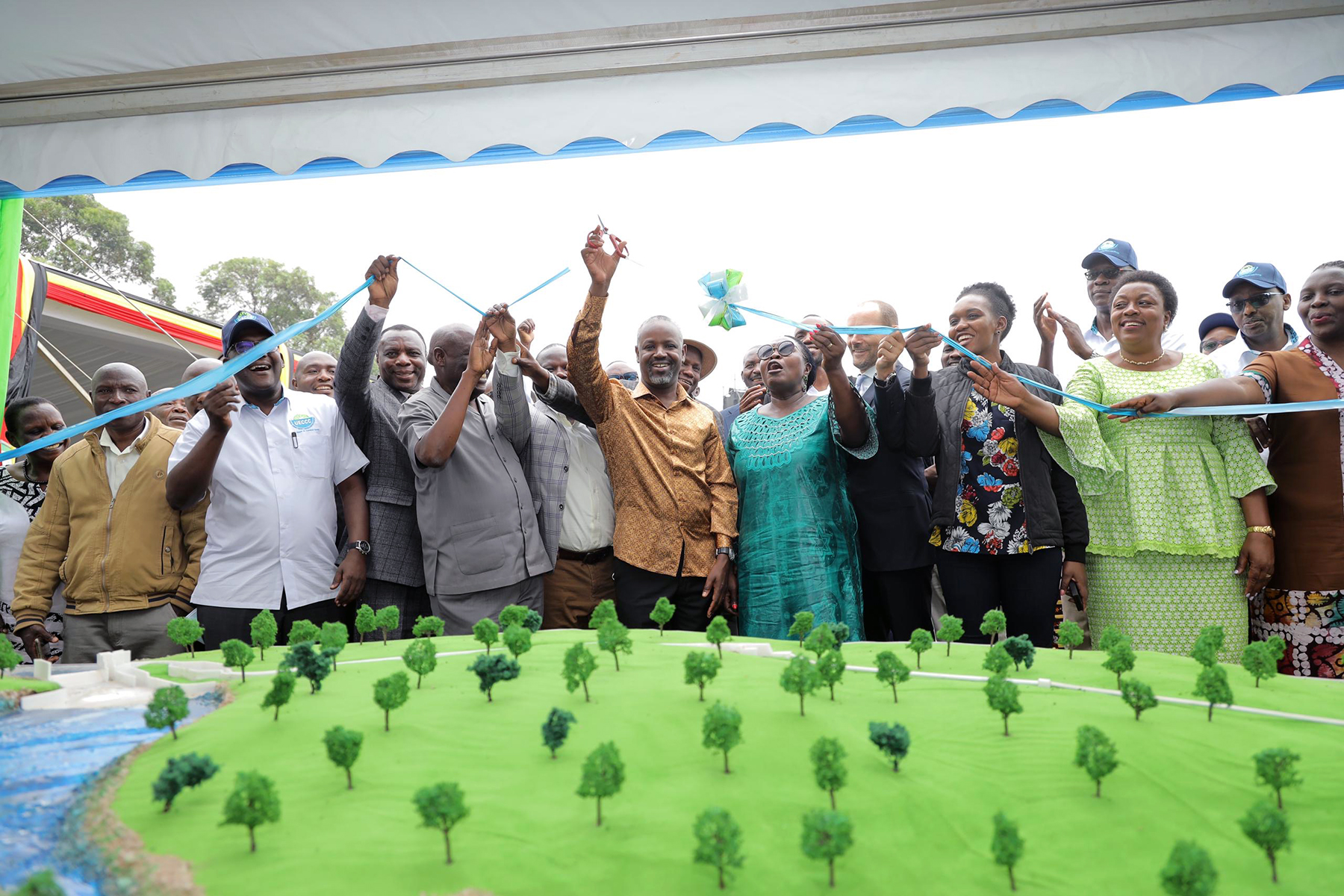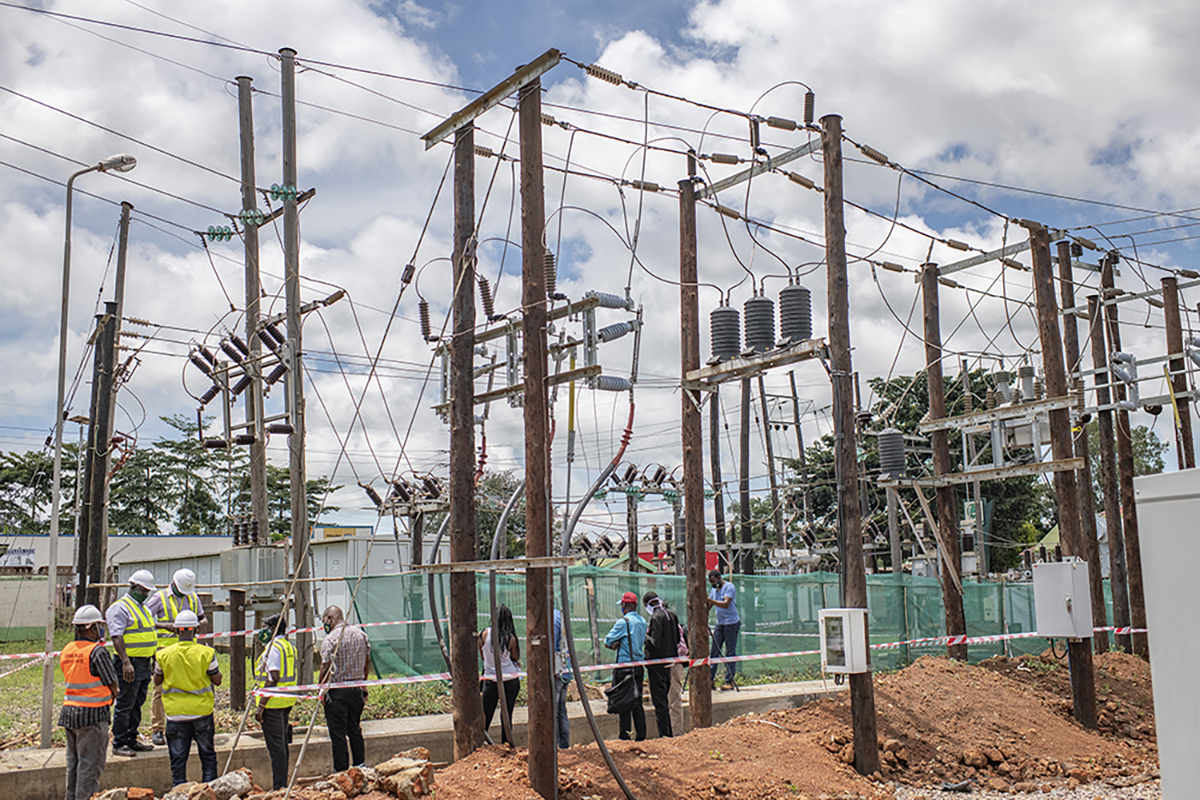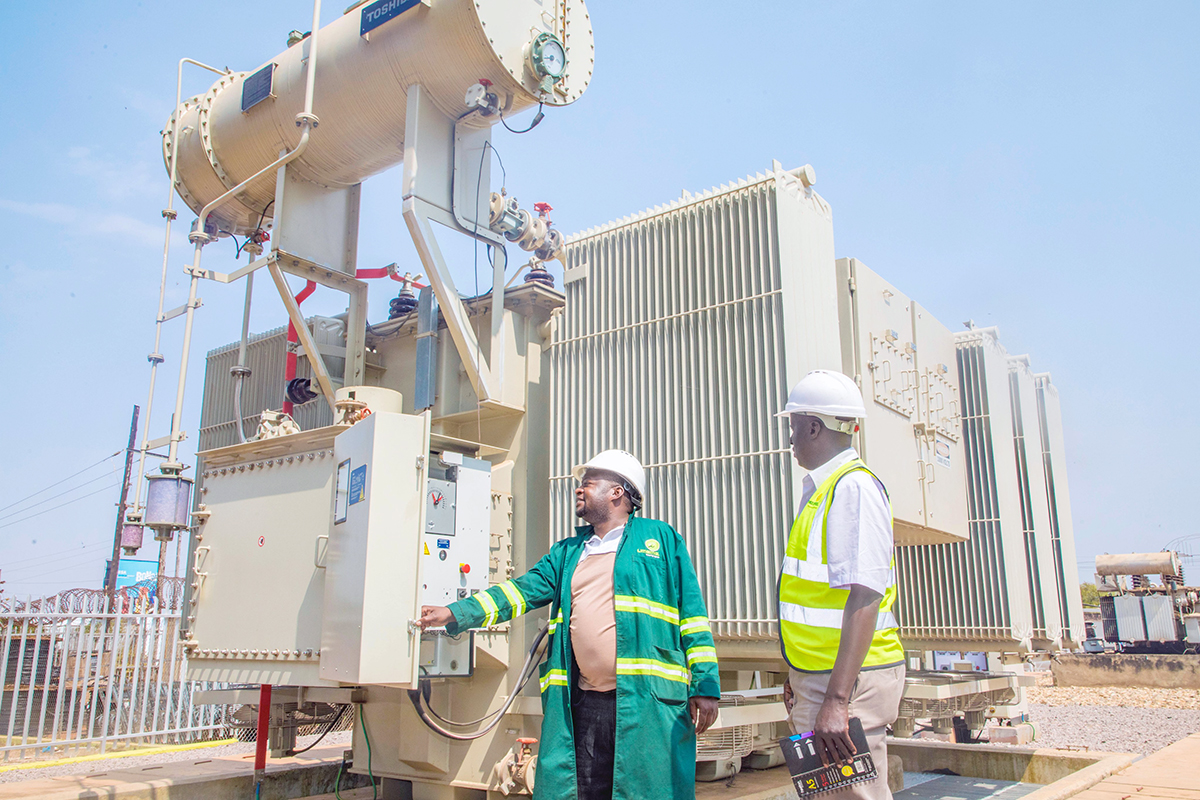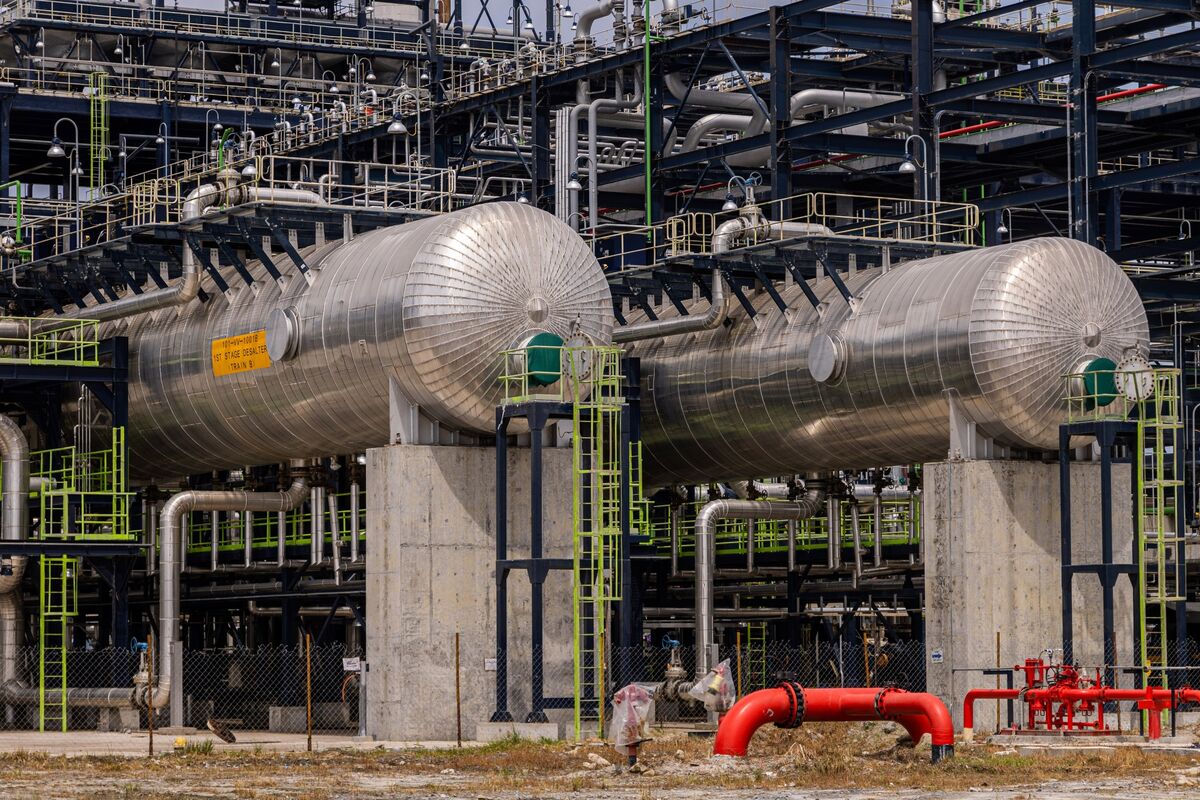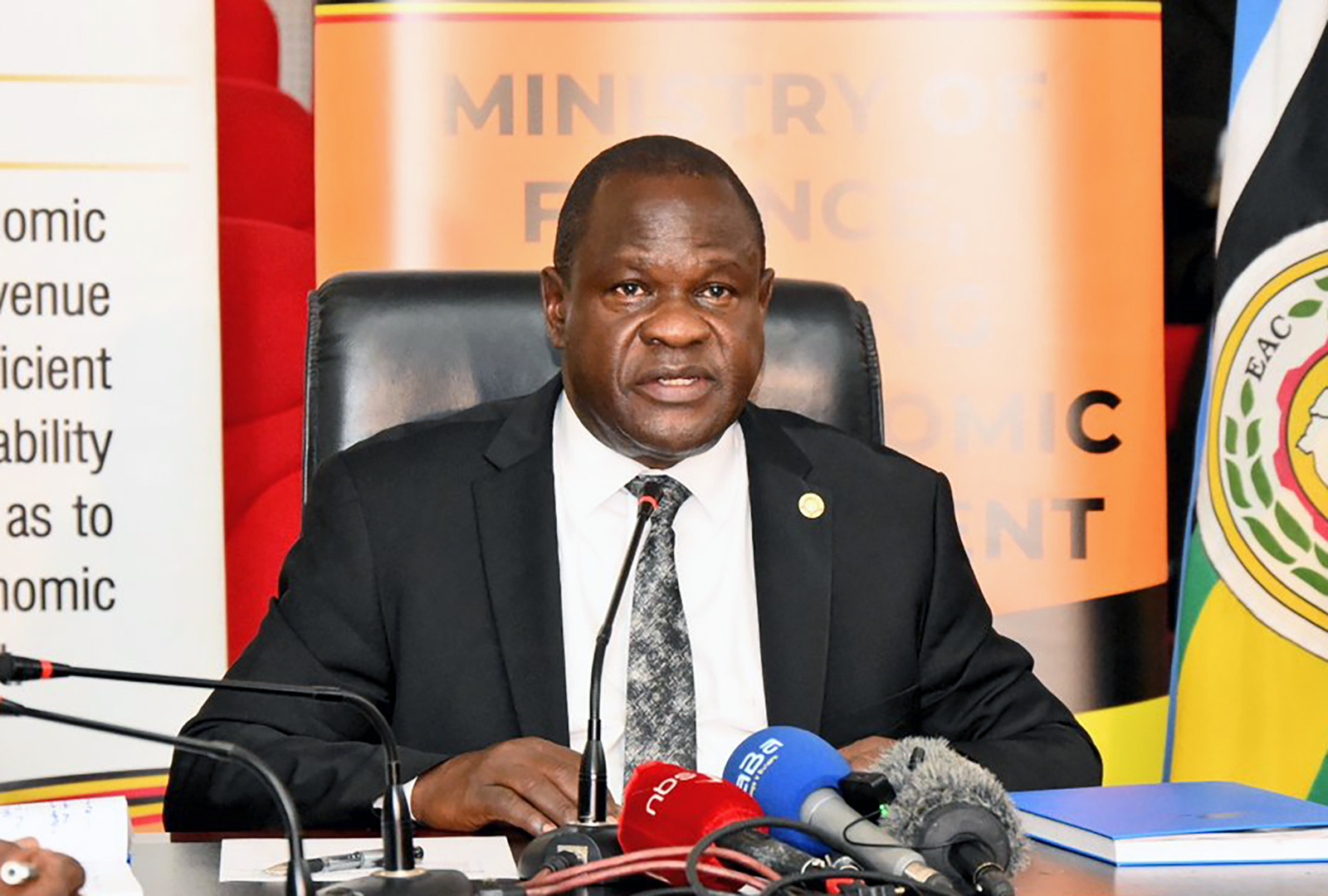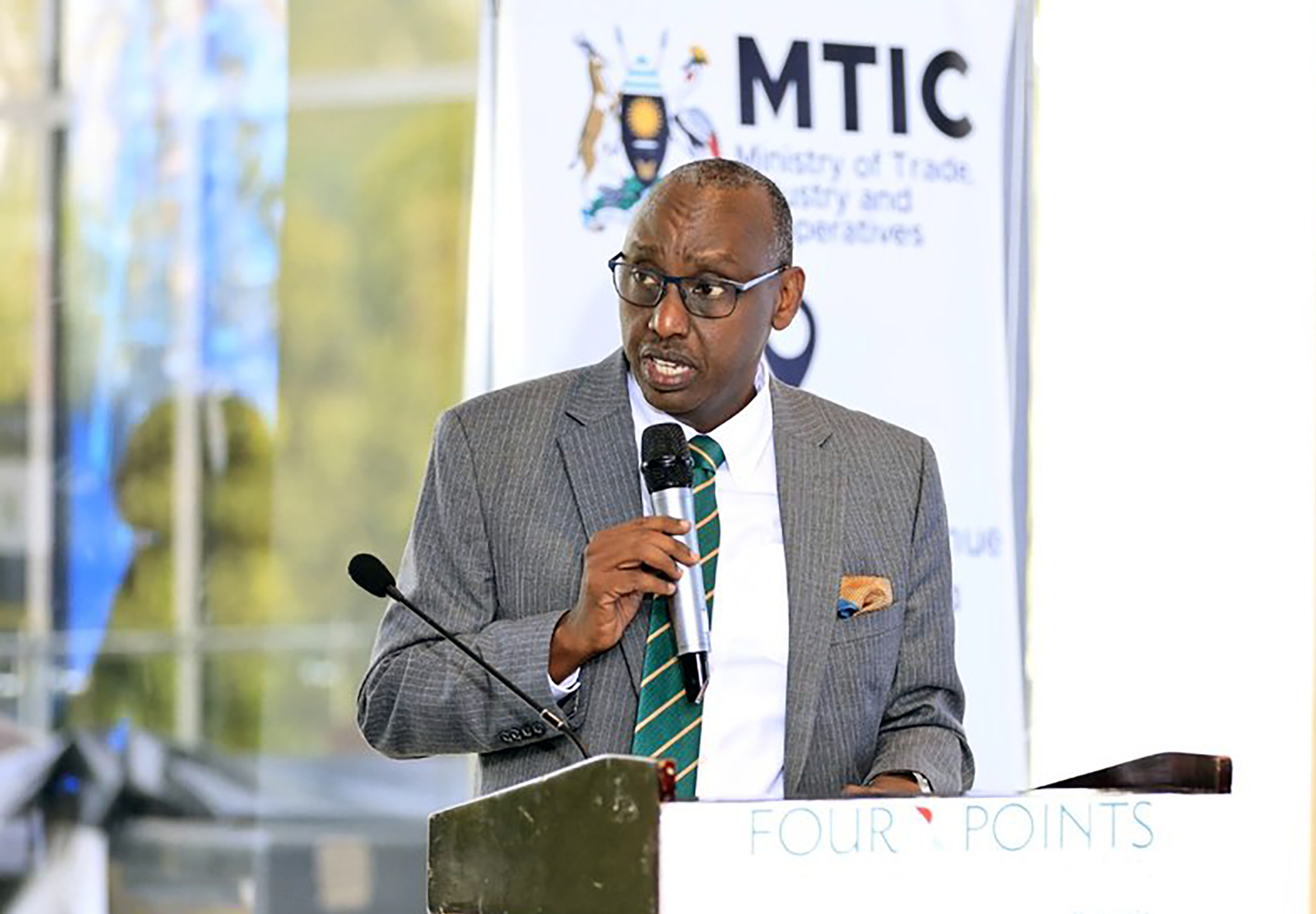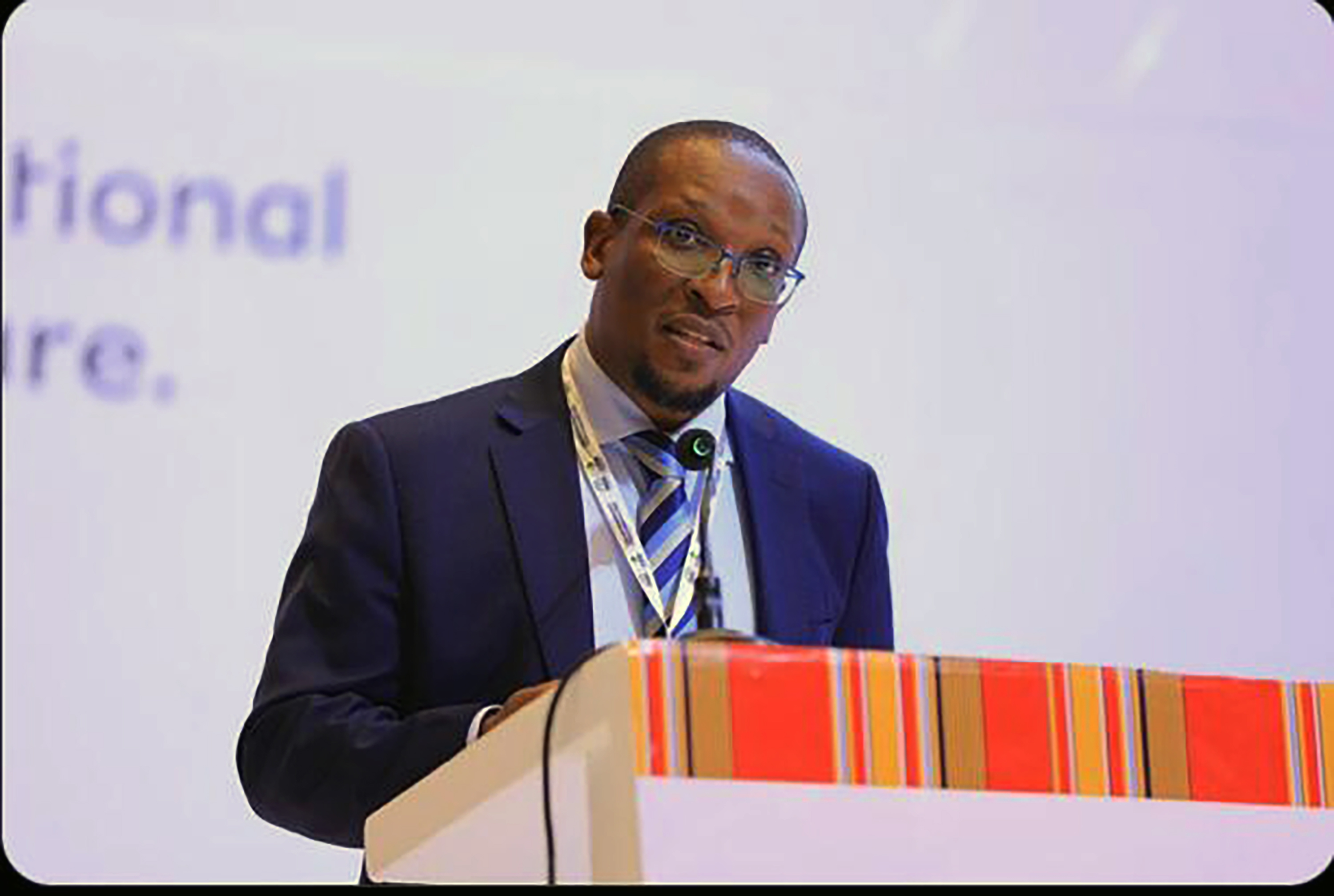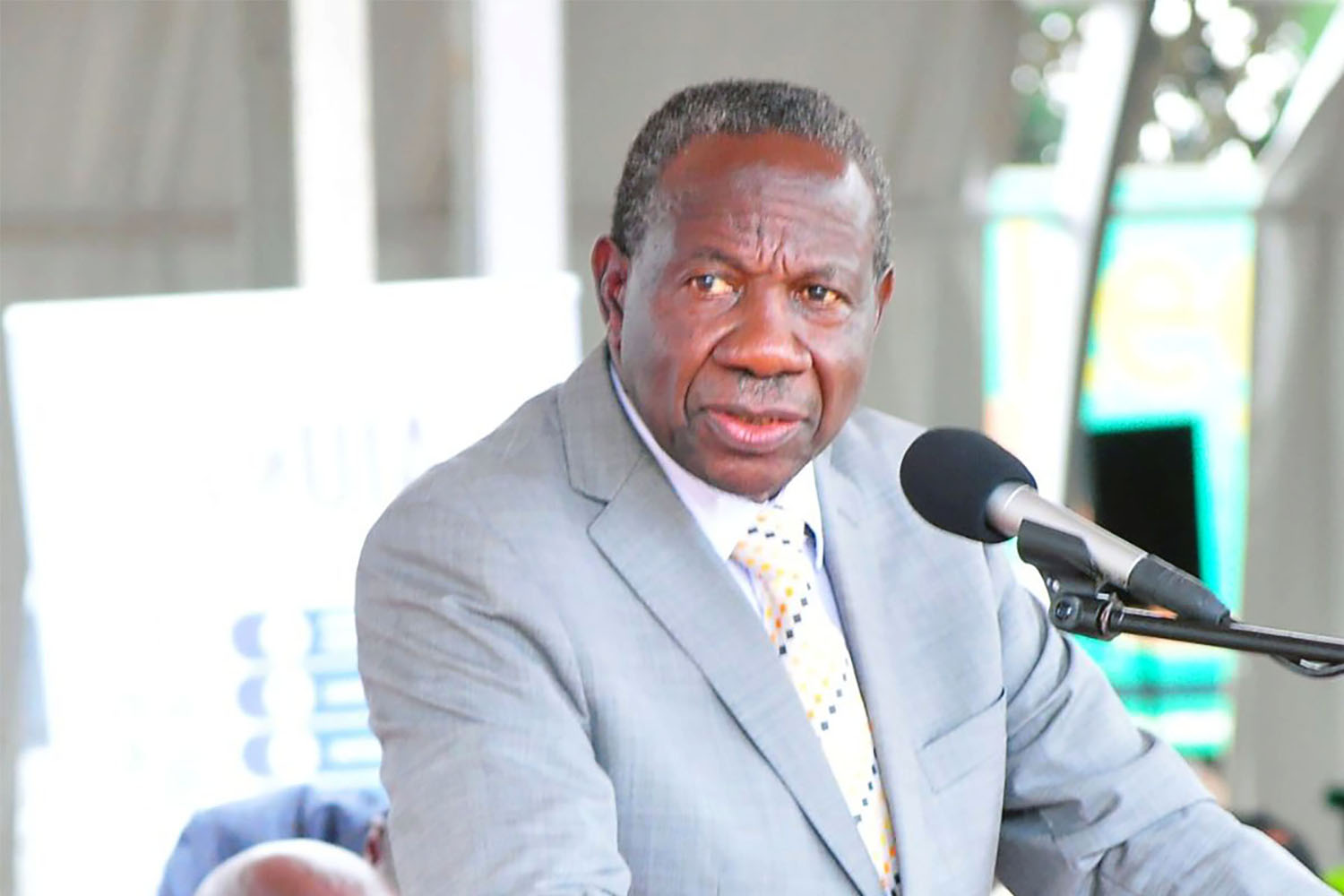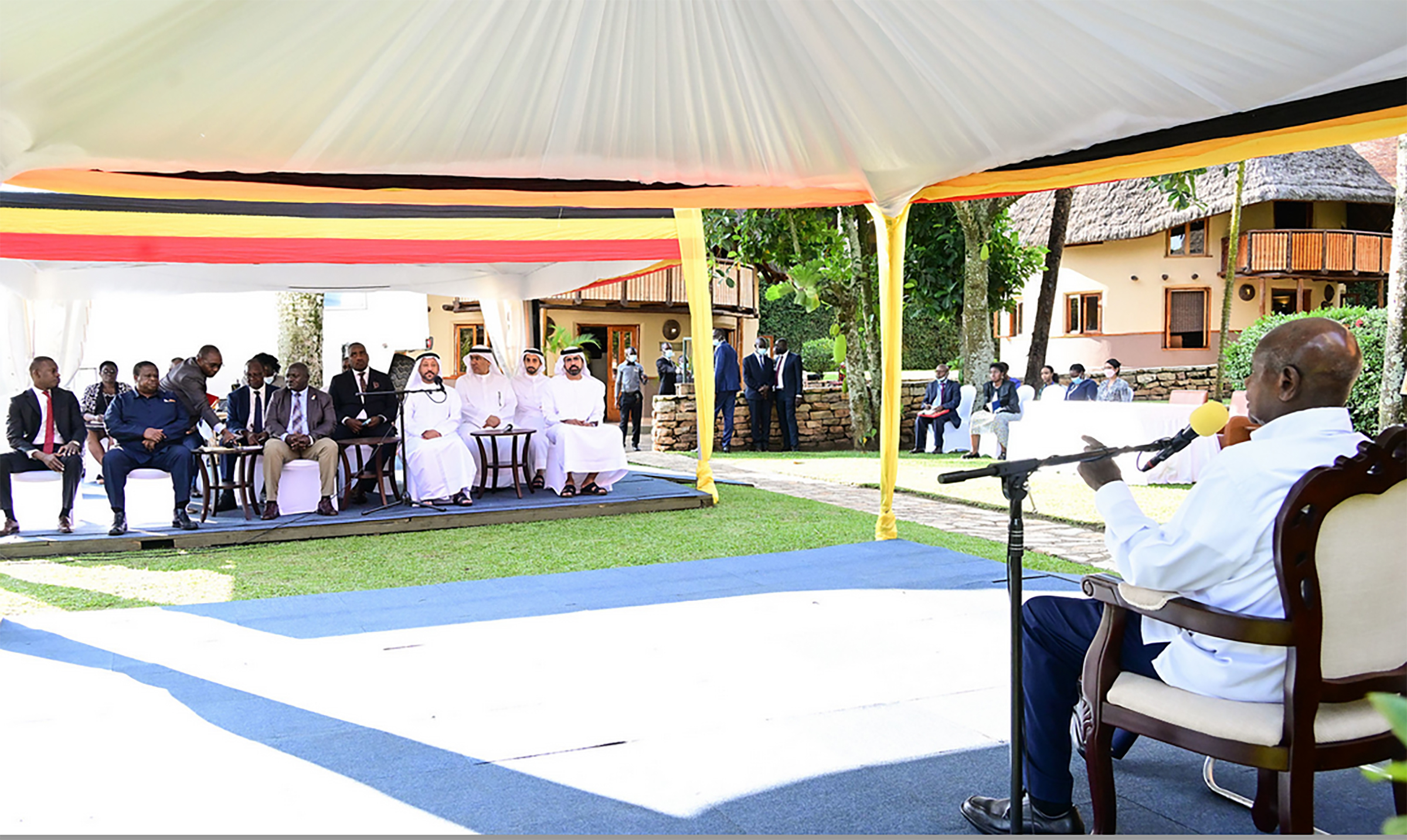Gov’t launches Buyende nuclear resettlement plan
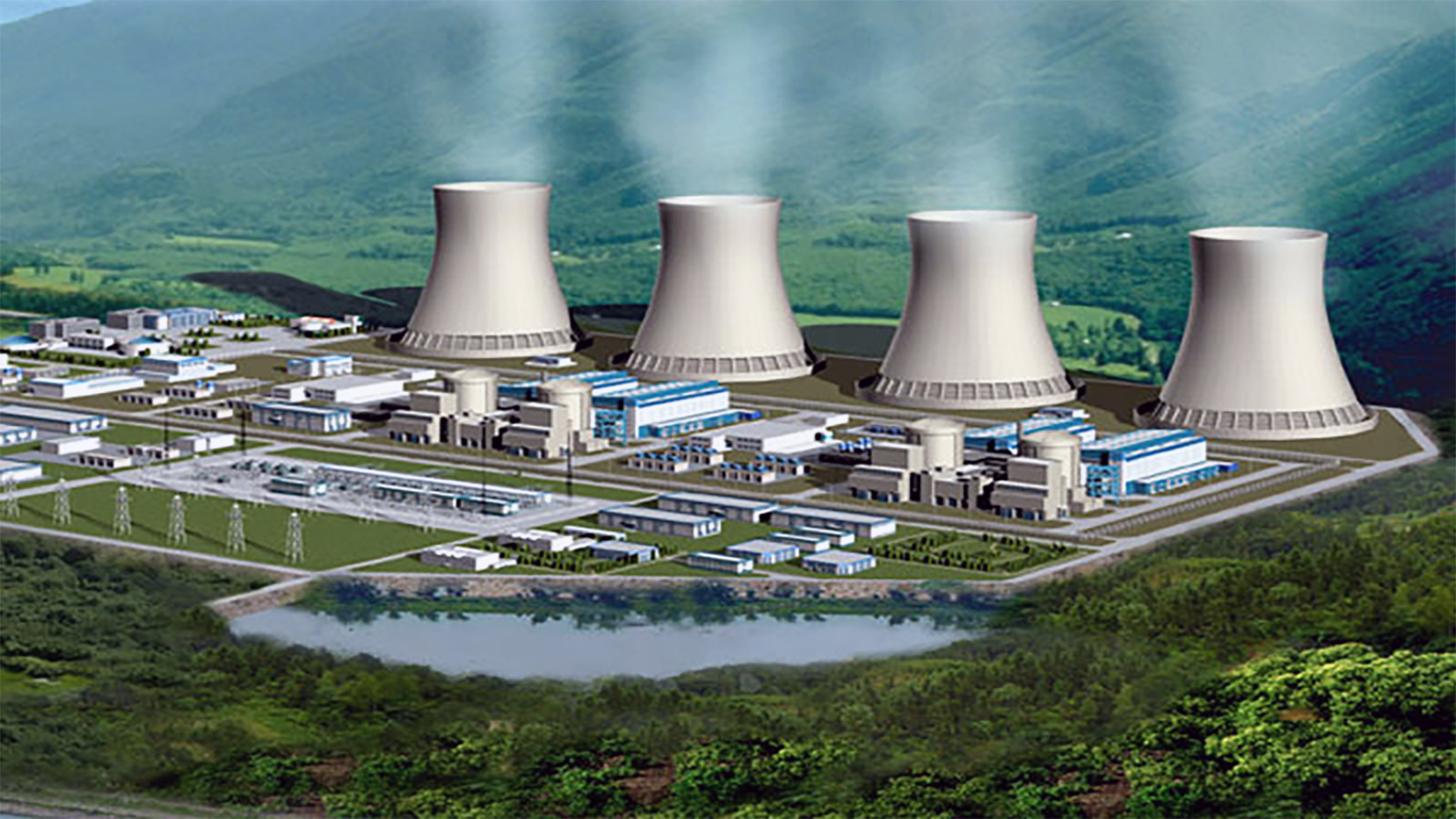
Uganda hopes to use its vast uranium deposits for an 8,400 MW facility worth about $9 billion, to set up in Buyende District in eastern Uganda. FILE PHOTO
The government has officially launched a Resettlement Action Plan (RAP) to facilitate the construction of the country’s first nuclear power plant in Buyende District.
The $9 billion (UGX33.3 trillion) project, spanning an area of 30 square kilometers in Kidera Sub-county, is expected to displace thousands of residents from 11 villages to make way for the 8,400-megawatt (MW) facility that promises to revolutionize Uganda’s energy sector.
Launching the RAP at Kasaato Village, the First Deputy Prime Minister Rebecca Kadaga assured affected residents that the government is committed to a fair and transparent resettlement process.
- “We understand your concerns and pledge to ensure that no one is left behind. Compensation will be transparent and compliant with the law. This project will bring transformative benefits to Uganda, and we want you to be part of its success,” Kadaga stated.
The RAP is designed to address the social, economic, and environmental aspects of resettlement, focusing on fair compensation, social continuity, and improving living standards for displaced communities.
Officials said the Buyende nuclear plant, projected to generate 8,400 MW, would significantly boost Uganda’s energy capacity, which currently relies heavily on hydroelectric and thermal power. According to Denis Tusiime, a nuclear engineer from the Ministry of Energy and Mineral Development, Buyende was selected based on its strong bedrock and proximity to Lake Victoria, which provides the critical water resources needed for nuclear fission.
- The project aligns with the government’s Energy Policy 2023, which envisions generating 52,000 MW of electricity by 2040, with nuclear energy contributing 24,000 MW.


“This is a milestone for Uganda’s industrialization and energy independence. The plant will generate an estimated UGX12 trillion annually through industrial growth, reduced energy imports, and enhanced productivity,” said Irene Bateebe, the ministry Permanent Secretary.
Kadaga urged local communities to embrace the project while acknowledging the challenges of displacement.
“We must recognize that such large-scale projects come with challenges, especially resettlement. However, we are committed to ensuring this process is handled with due consideration for the affected communities,” she emphasized.
Uganda’s vast uranium reserves, estimated at over 50,000 metric tons in districts like Arua, Agago, and Masindi, will fuel the plant. The government also plans to develop seven additional nuclear sites to meet long-term energy demands.
- The RAP launch marks a significant step in realizing Uganda’s nuclear energy ambitions. As the country transitions to this transformative energy source, the focus will remain on balancing infrastructure development with the welfare of affected communities.
- “This is not just a power project; it is a symbol of Uganda’s growth and self-reliance,” Kadaga added.
Nuclear power plants produce electricity by boiling water into steam, which is channelled to turn huge turbines to produce electricity. Uganda has a Memorandum of Understanding with the Russian State Atomic Energy Corporation (ROSATOM) to peacefully use nuclear energy.
While Uganda’s project is a bold step toward achieving Uganda’s socio-economic goals, critics are concerned about its cost-effectiveness. According to the World Nuclear Industry Status Report (WNISR), nuclear energy costs range between $112 and $189 (UGX 415,000–700,000) per megawatt-hour, significantly higher than hydroelectric alternatives.
Activists insist that while nuclear energy offers potential benefits in terms of low-carbon electricity generation and energy security, policymakers must carefully weigh these benefits against the serious risks associated with nuclear power including radioactive waste that could contaminate soil, water, and air for very many years.


.jpg)

